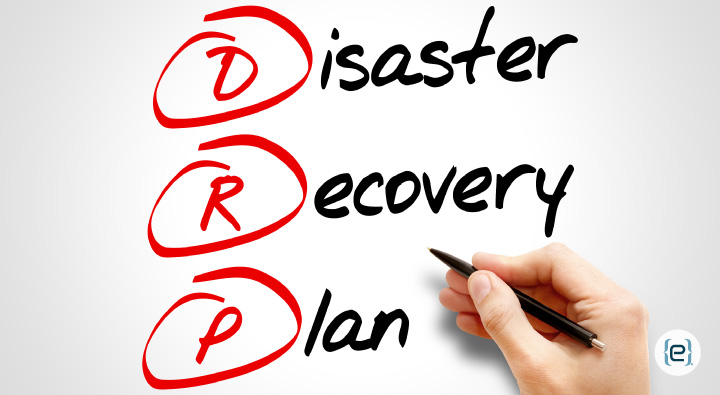It is important to plan ahead for disasters. Disruptions like the 2023 Lahaina fire in Hawaii, and ransomware attacks on companies like Change Healthcare, illustrate the need for a Disaster Recovery Plan (DRP) that can reduce the impact of an unexpected catastrophe.
A good DRP reduces disruptions to product and service delivery. Partnering with a Cyber Security provider like eMazzanti is crucial for developing and managing an effective plan.
Prevention is a key component. We can help you conduct risk assessments to find weaknesses, and take steps to lower the chances of loosing your information and being impacted in a disaster. Periodic audits and system checks of safety systems are also imperative, ensuring they are up-to-date and effective.
Once you have implemented preventative measures, we can help you develop a formal DRP, with input from all relevant departments. Such a plan outlines steps to follow before, during, and after a disaster, and focuses on such key areas as applications, networks, servers, and data storage. This plan will provide guidance on how to protect these critical components, and will include instructions on how to recover and restore data in case of a disaster.
Central to any DRP is data backup. It’s important to periodically run automated backups so you can recover important data if something does go wrong. IT systems should also incorporate redundancy to eliminate single points of failure and maintain data accessibility.

Must-have elements
Key components of a comprehensive Disaster Recovery Plan include:
- An Information Technology Statement of Intent outlining the plan’s objectives and direction.
- Easily accessible contact information for key personnel responsible for implementing the plan.
- A detailed Emergency Response Plan that outlines immediate actions to take if an incident occurs.
- Documentation of insurance coverage and other relevant policies.
Recurring maintenance and updates to the DRP are vital to ensure its effectiveness. Changes to IT infrastructure, personnel, or insurance coverage should prompt revisions to the plan. It is also important to keep track of all IT assets and securely store passwords to be prepared for disasters.
To facilitate rapid response and communication during a disaster, you should consider implementing notification systems and providing training to designated disaster response teams. Additionally, a robust data archive strategy, encompassing both local and cloud-based backup solutions, can expedite recovery efforts.
Periodic testing of the DRP is essential to identify weaknesses and ensure readiness. Tabletop exercises, which are disaster simulations need to conducted in collaboration with eMazzanti’s trained Cyber Security professionals,to offer a cost-effective way to simulate disaster scenarios and evaluate response procedures. For many industries, developing disaster recovery solutions will aid in regulatory compliance, in addition to enhancing customer trust and reputation.







